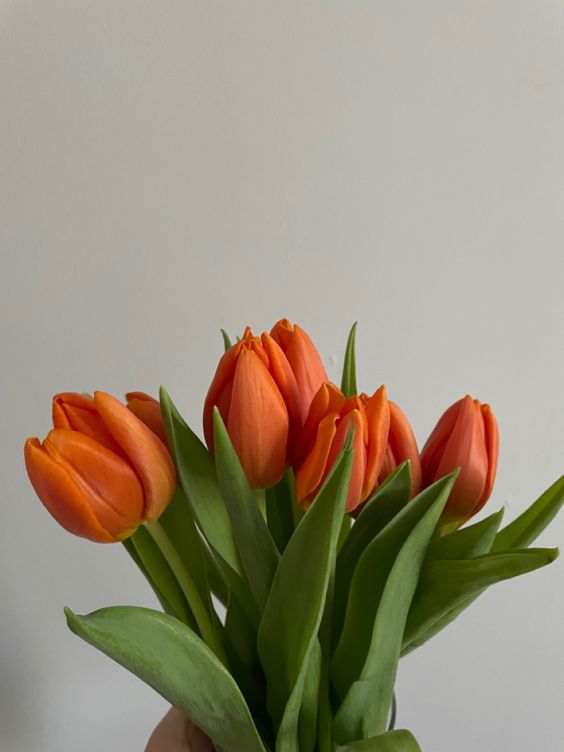
Tulips are not just beautiful flowers; they have a rich history and interesting characteristics that make them truly fascinating. From their origins to their role in economic bubbles, here are six intriguing facts about tulips that will amaze you:
- Historical Significance: Tulips were originally cultivated in the Ottoman Empire (present-day Turkey) and were introduced to Europe in the 16th century. They became incredibly popular in the Netherlands during the Dutch Golden Age, leading to a period known as “Tulip Mania.”
- Tulip Mania: In the 17th century, tulips became so valuable in the Netherlands that they were used as a form of currency. Tulip bulbs were traded at incredibly high prices, and at the peak of Tulip Mania, some bulbs were worth more than a house! This speculative frenzy eventually led to a market crash.
- Variety of Colors: Tulips come in a wide range of colors, including red, yellow, pink, purple, and white. They can also be bi-colored or have a multi-colored, striped, or flamed pattern, adding to their beauty and appeal.
- Symbolism: Tulips have different meanings in different cultures. In general, they are associated with perfect love and are often considered a symbol of spring and renewal. In some cultures, however, they can symbolize fame or prosperity.
- Perennial Bulbs: Tulips are perennial plants, which means they can live for more than two years. However, most tulip varieties require a period of cold dormancy (winter) to bloom again the following year.
- Edible Tulips: While most people admire tulips for their beauty, some varieties are edible. The petals of certain tulip species are edible and can be used in salads, as a garnish, or even crystallized and used as a sweet treat.

Tulips are not only beautiful flowers but also have a fascinating history and interesting characteristics. Whether you appreciate them for their beauty or their symbolism, there’s no denying the allure of these charming flowers.



